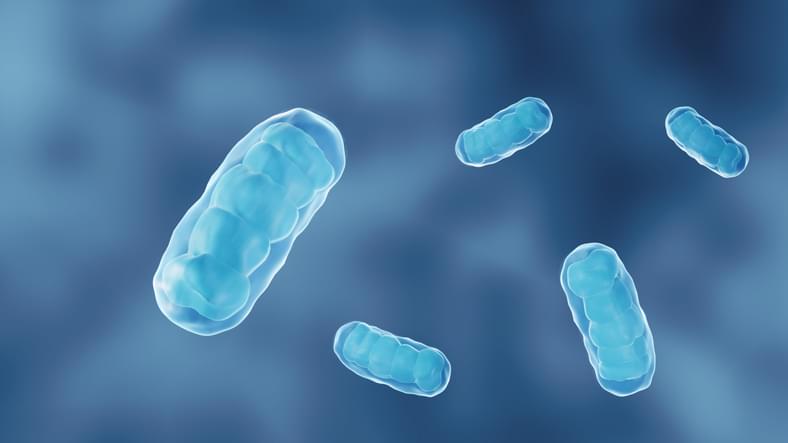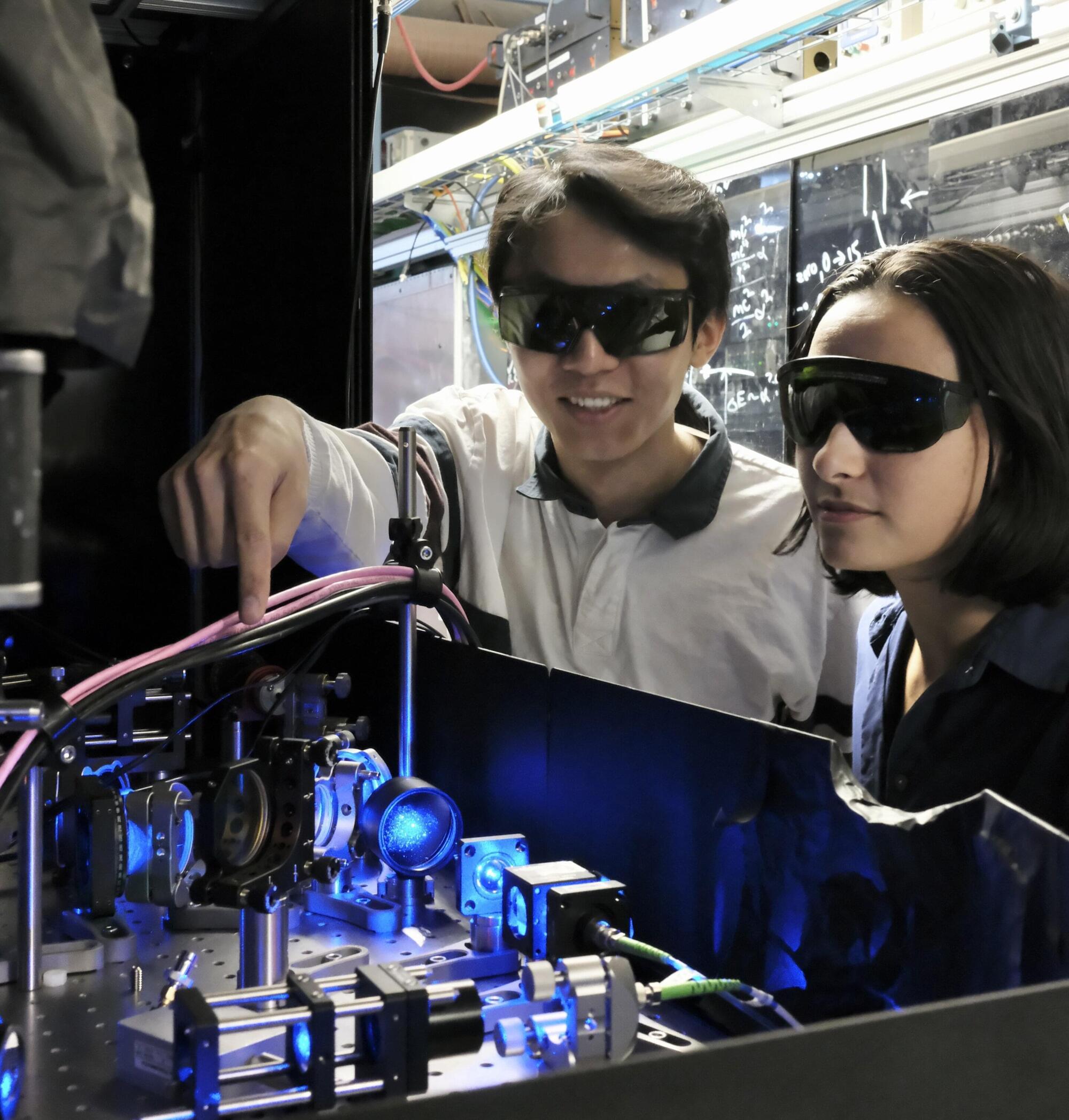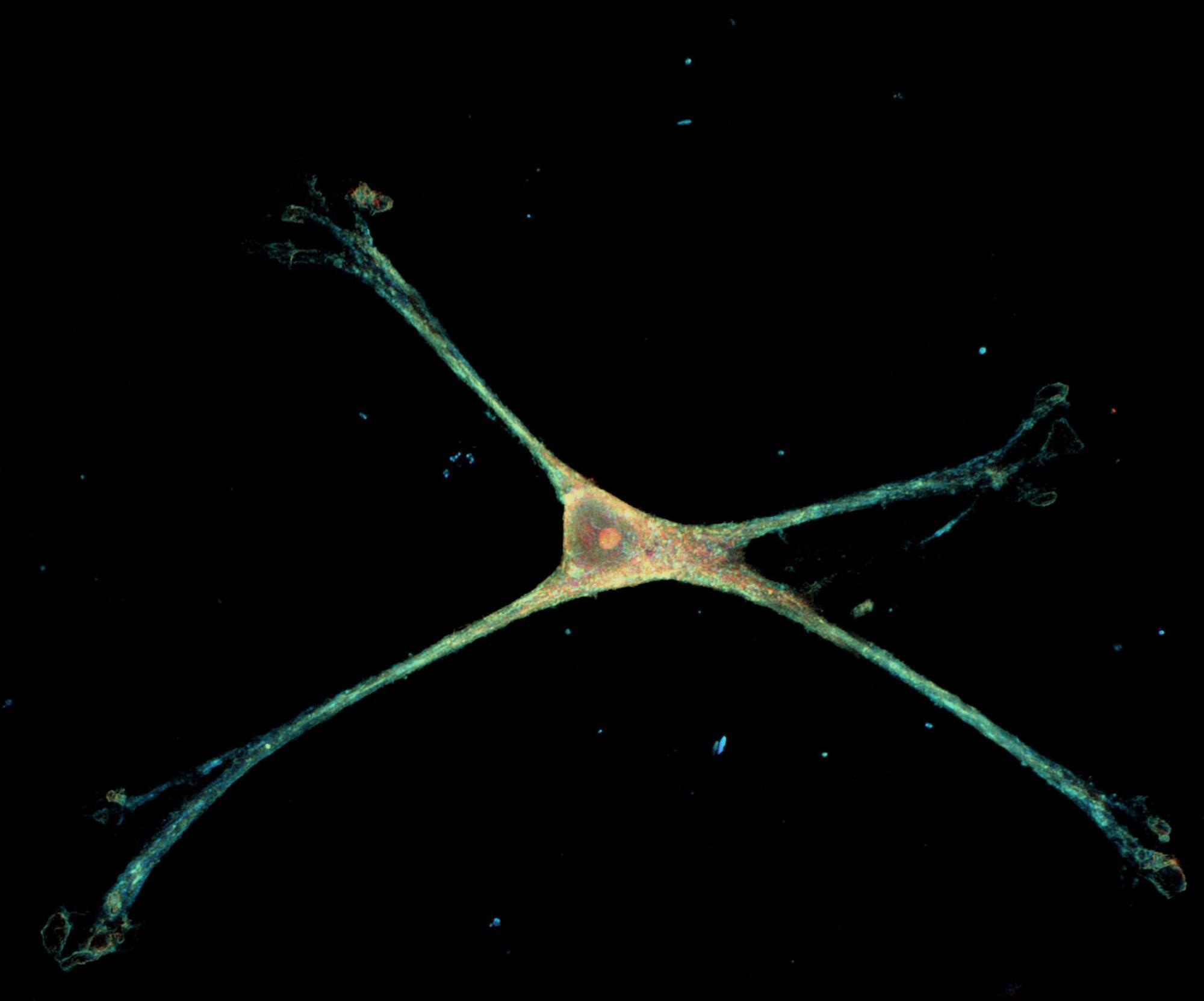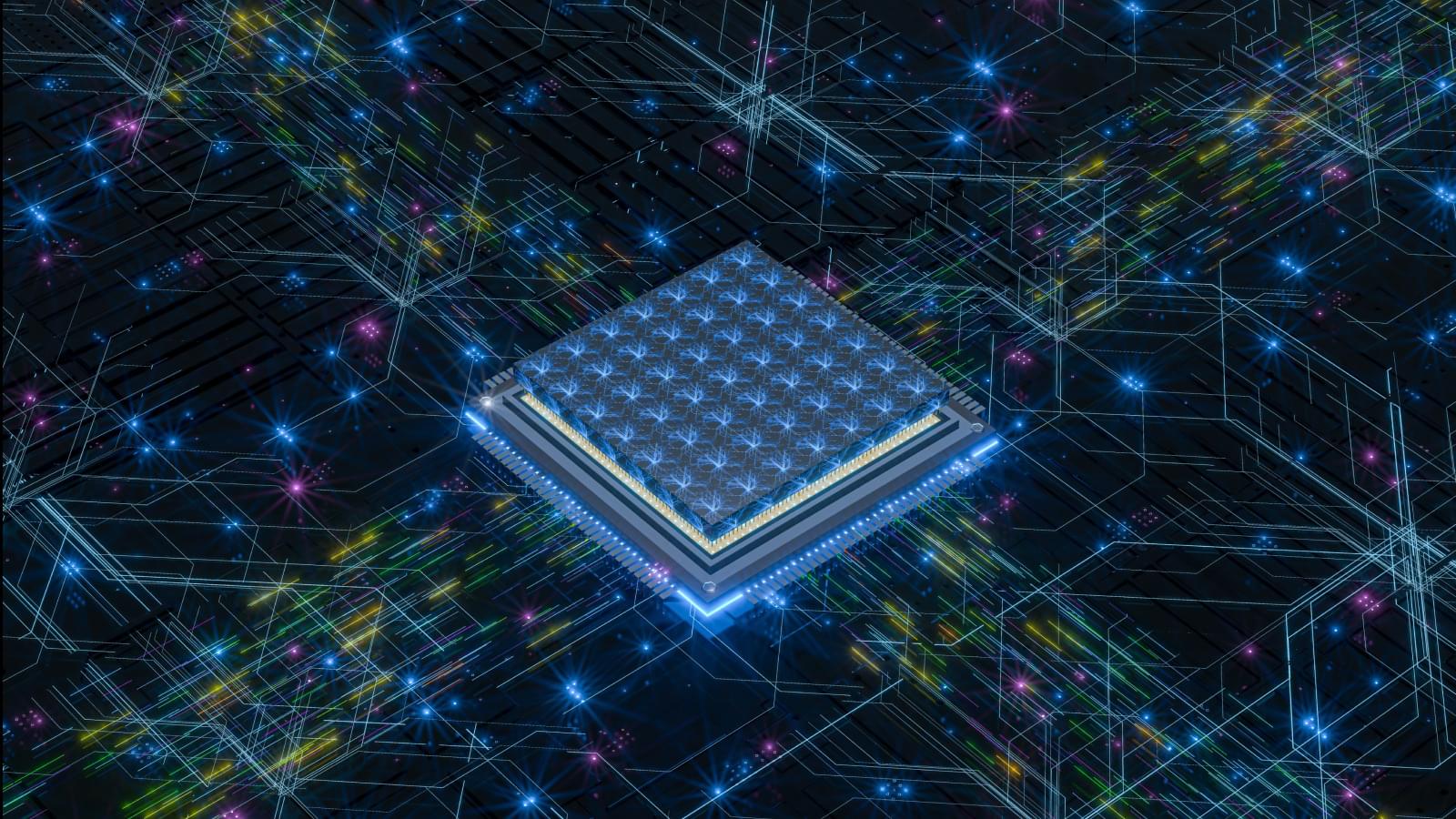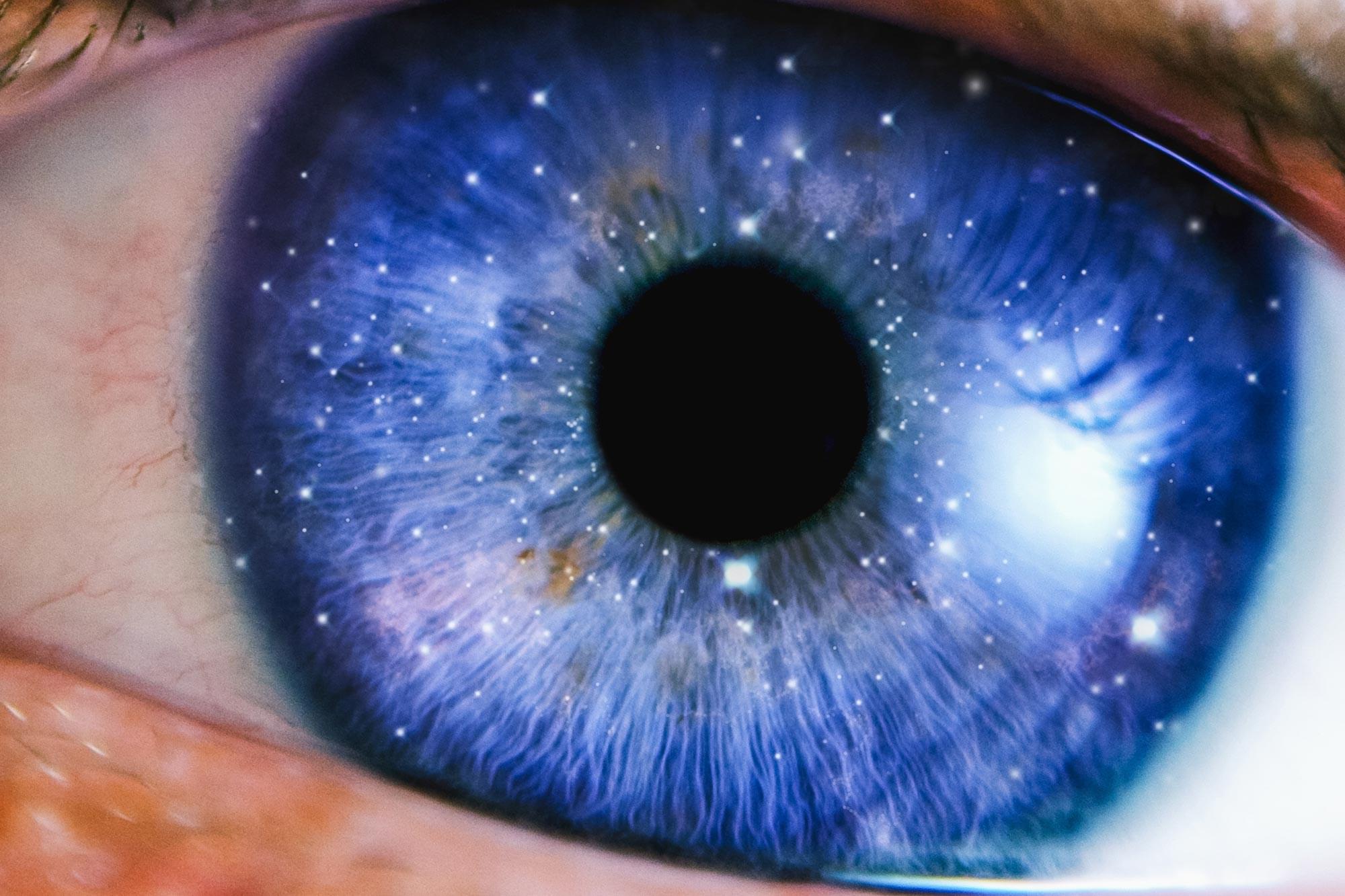A dystopian future where advanced artificial intelligence (AI) systems replace human decision-making has long been a trope of science fiction. The malevolent computer HAL, which takes control of the spaceship in Stanley Kubrick’s film, 2001: A Space Odyssey, is a chilling example.
But rather than being fearful of automation, a more useful response is to consider what types of repetitive human tasks could be safely offloaded to AI, particularly with the advances of large language models (LLMs) that can sort through vast amounts of data, see patterns and make predictions.
Such is the area of research co-authored by Christoph Treude, an Associate Professor of Computer Science at Singapore Management University (SMU). The team explores potential roles for LLMs in annotating software engineering artifacts, a process that is expensive and time-consuming when done manually.

